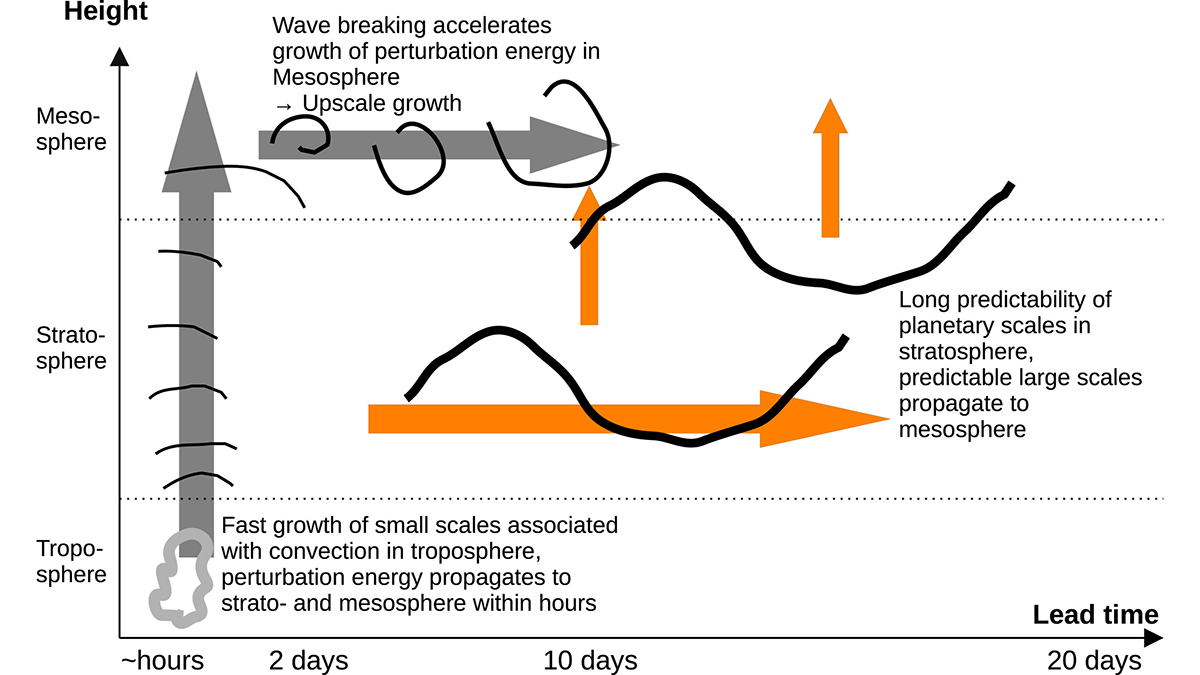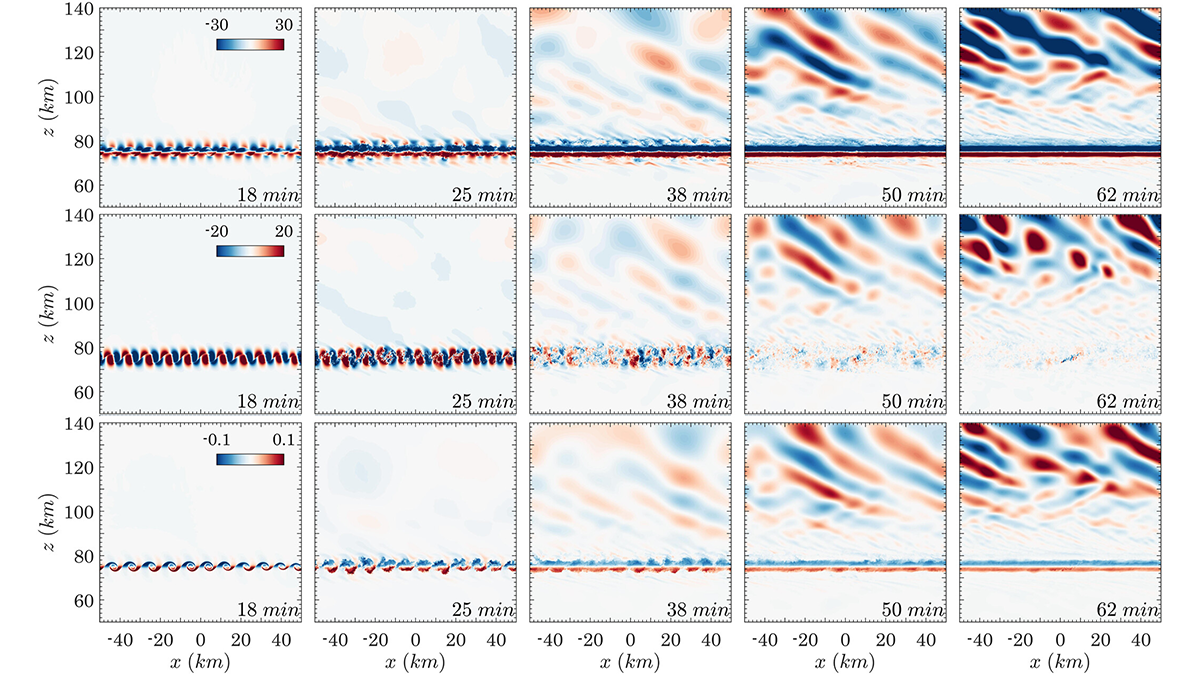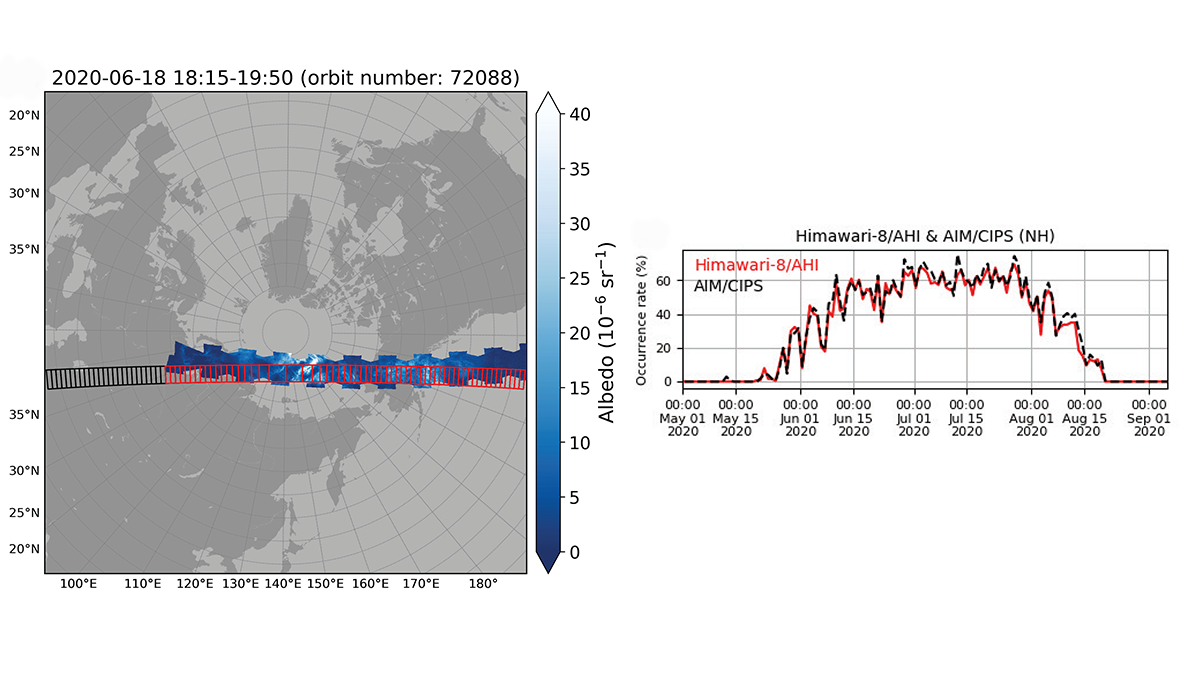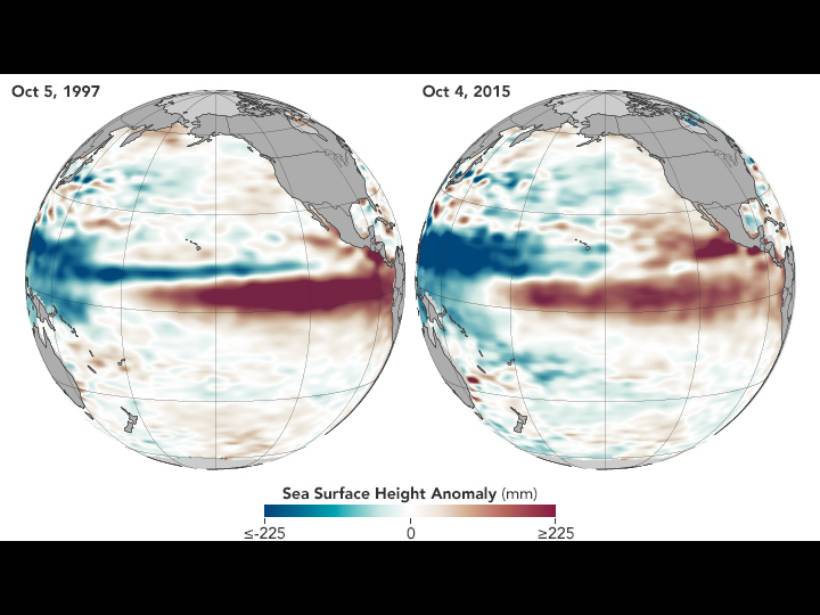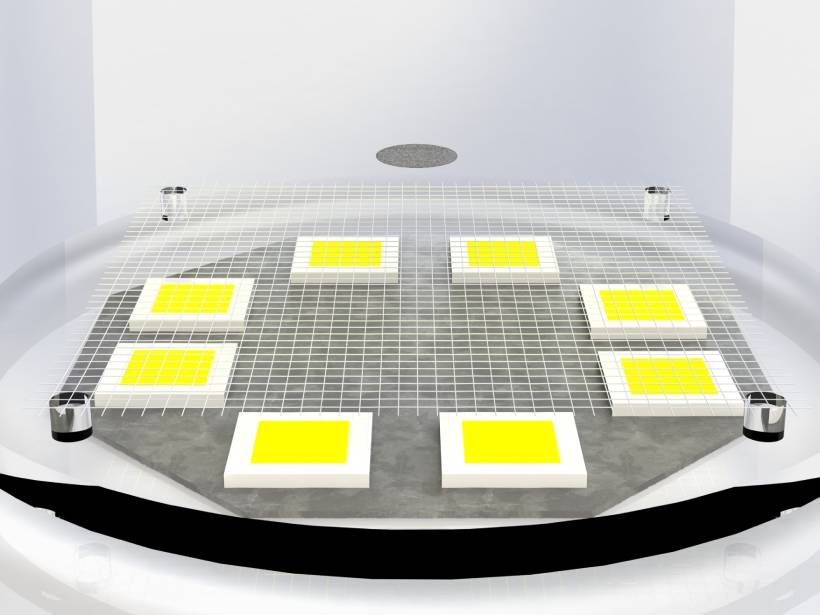A new high-resolution global model is used to study predictability of atmospheric circulation from the surface to 120 kilometers.
mesosphere
Leuchtende Nachtwolken erhellen den Himmel über Norddeutschland
Eine Verschiebung des Jetstroms in der Tropopause ist möglicherweise für die ungewöhnlich hohe Anzahl an Wolken in großer Höhe verantwortlich, die im Frühsommer 2019 über kurze Zeit zu sehen waren.
Wind Shear Instabilities Emit Gravity Waves
A new study shows that atmospheric gravity waves can be generated by the Kelvin-Helmholtz instabilities in the wind shear layer.
New Technique Improves Polar Mesospheric Cloud Data Set
A new two-step Polar Mesospheric Cloud detection technique is applied towards the Himawari-8/Advanced Himawari Imager full-disk images leading to a new high-quality dataset.
Explaining Thermal Tides in the Upper Atmosphere During the 2015 El Niño
Increased tropospheric heating and reduced dissipation combine to explain an anomalously large thermal tide.
Dune Aurora Explained by Satellite-Ground Studies
Spacecraft observations support the mechanism for explaining auroral dunes observed from the ground by citizen scientists.
Noctilucent Clouds Light Up Northern Germany
A shift in the tropopause jet may have triggered the unusual number of high-altitude clouds that briefly appeared in the early summer of 2019.
Paying Attention to the “Ignorosphere”
Scientists discuss geospace and what we could learn if we put some more eyes on this region in the atmosphere. Read more in our special themed issue.
Flying Saucers Could One Day Probe the Mesosphere
Researchers have created thin, levitating disks that could be used to study the mesosphere, a layer of Earth’s atmosphere that’s difficult to reach with conventional flyers.
Rocket Mission Conjures a Ghostly Noctilucent Cloud
Night-shining clouds can be diagnostic tools to better understand how human activity is changing the meteorology of the mesosphere.

